Whats Wrong With India
NYT’s World History journal published an article titled “What’s Wrong with India?” in 1922. It was authored by Maurice Joachim. He was a Brahmin from Calcutta who studied at Oxford, served the British in WWI, converted to Christianity, and then migrated to the US.
Here, Joachim advocates for dominion status, claiming Gandhi’s idea of Indian self-rule was impracticable. He saw revolutionaries like Tilak as “extremists” and Gandhi as a charlatan whose Hindu-Muslim entente was fleeting and politically self-serving. Attempting balance, on the one hand, Joachim criticizes the excesses of the British and the limited role of natives in administrative services. On the other hand, he lauds the colonizers for building railways and apparently relieving India of social evils. Yet, nowhere does he hypothesize what India could’ve achieved without a century of British colonialism.
Joachim goes on to describe the formation of a cohesive, fully independent Indian state as improbable. This was largely because apparently, the natives would find it far too difficult to raise an effective army and indigenous navy to counter foreign threats. More specifically, he suggests that the natives are physically incapable of fighting the Russians, Chinese and Afghans. The country is seen as dependent on imports and therefore, naturally tied to the wider British Empire. He also makes repeated references to the clash of cultures between Hindus and Mohammedans as a permanently destabilizing feature.
What’s apparent is the deep colonial imprint on the author’s world view, which was perhaps a product of the times combined with personal life choices. It also was likely par for the course in literary circles which were dominated by the English-educated. Adjusting for this, the article has some standout elements of realism and prescient observations. One can also see some genuinely good faith arguments woven into the piece. However, they still fall under an overarching Western conception of India. What’s striking is how the piece was tailored for a Western audience that had just emerged out of WWI. The conclusive paragraph lays the idea of internationalism and cooperation. In a globalist fashion with a tilt in favor of the West - which he refers to as the “civilized world” - the idea of full independence was considered undesirable if it meant a free India took its Gandhian non-cooperative streak onto the world stage.
This is a long yet insightful piece with screenshots in the thread. Besides the bigger themes which have mixed accuracy, there are some remarkable specifics pertaining to Indian society and administration which are seen even today. In one example, he talks of Indians spending outrageous sums of money, sending their children abroad with the hope they could get better jobs upon returning to India. In another, details how currency volatility damages the economy and financial incentives of bureaucrats.
But what is most relevant is the answer to the question, “what’s wrong with India?” It is apparent from this article that a sharp intellect often identifies problems and objective wrongs. Meanwhile, a colonized mind often finds suboptimal solutions. Tutored narratives about one’s land and people tend to run deep. Aspirations get limited. Some problems are seen where there are none. Self-confidence erodes and expectations fall. And from this place arise narratives which suit foreign powers and fit vested interests. That is what’s wrong with India, and that is what’s getting fixed.
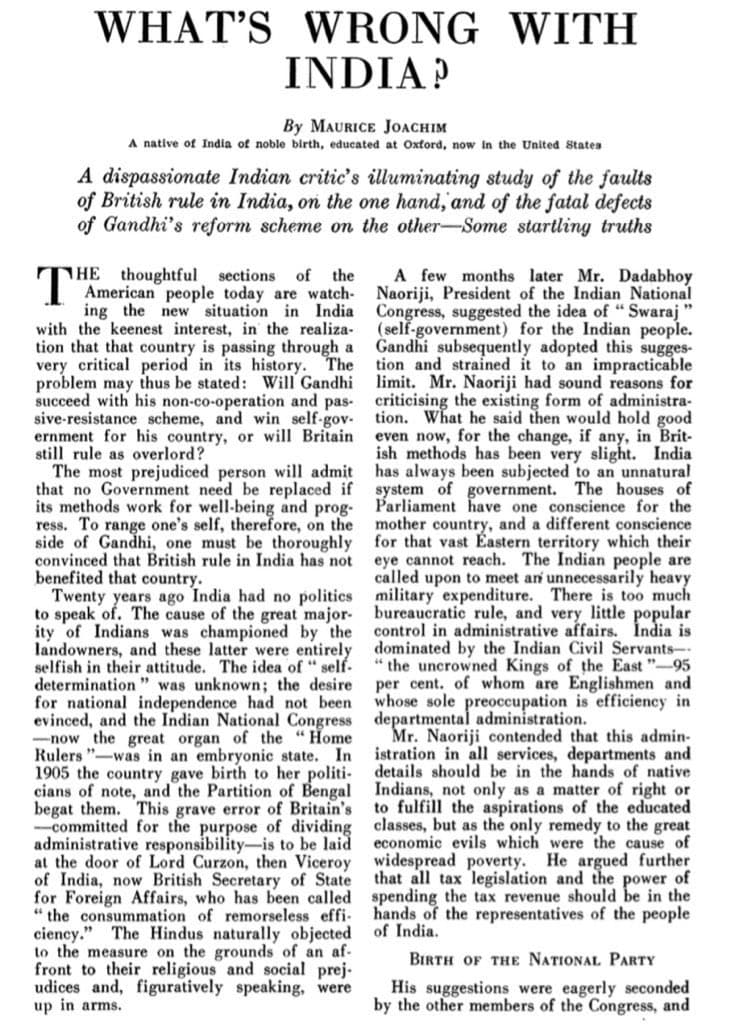
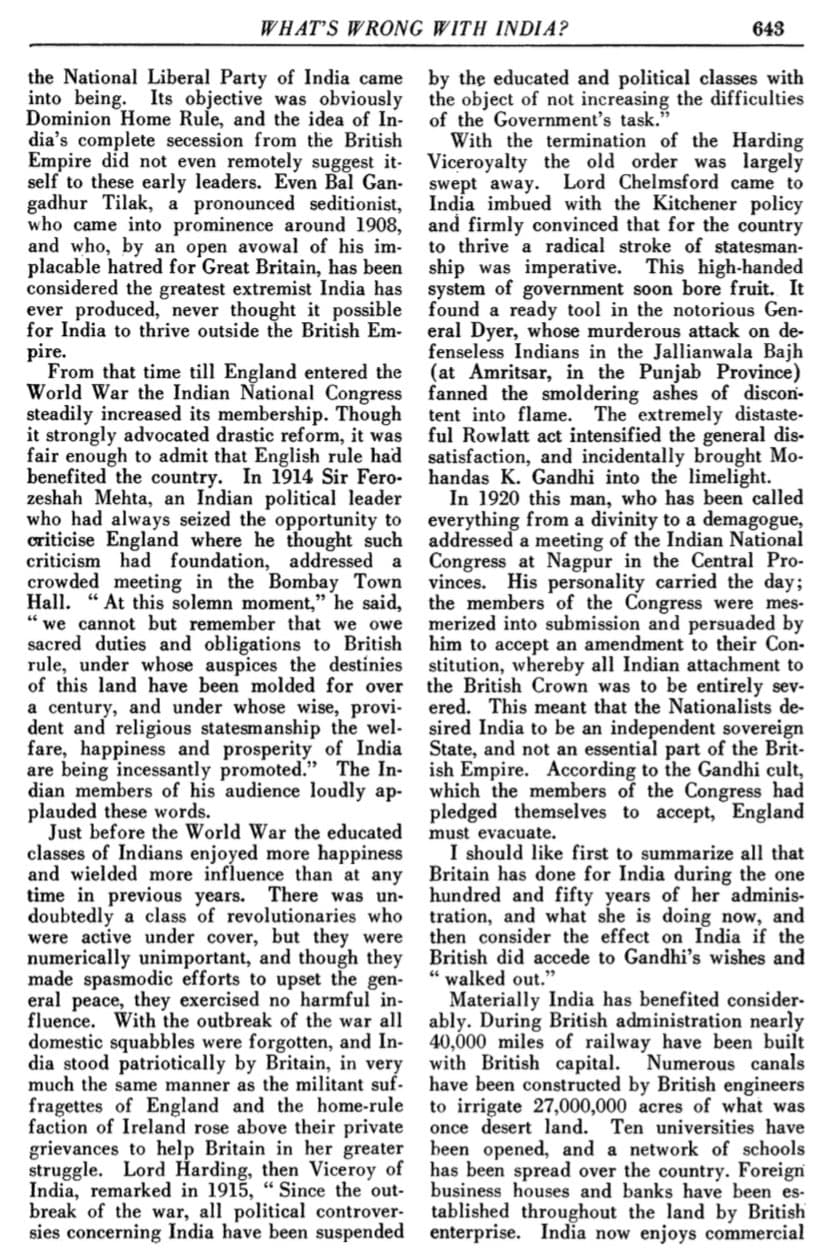
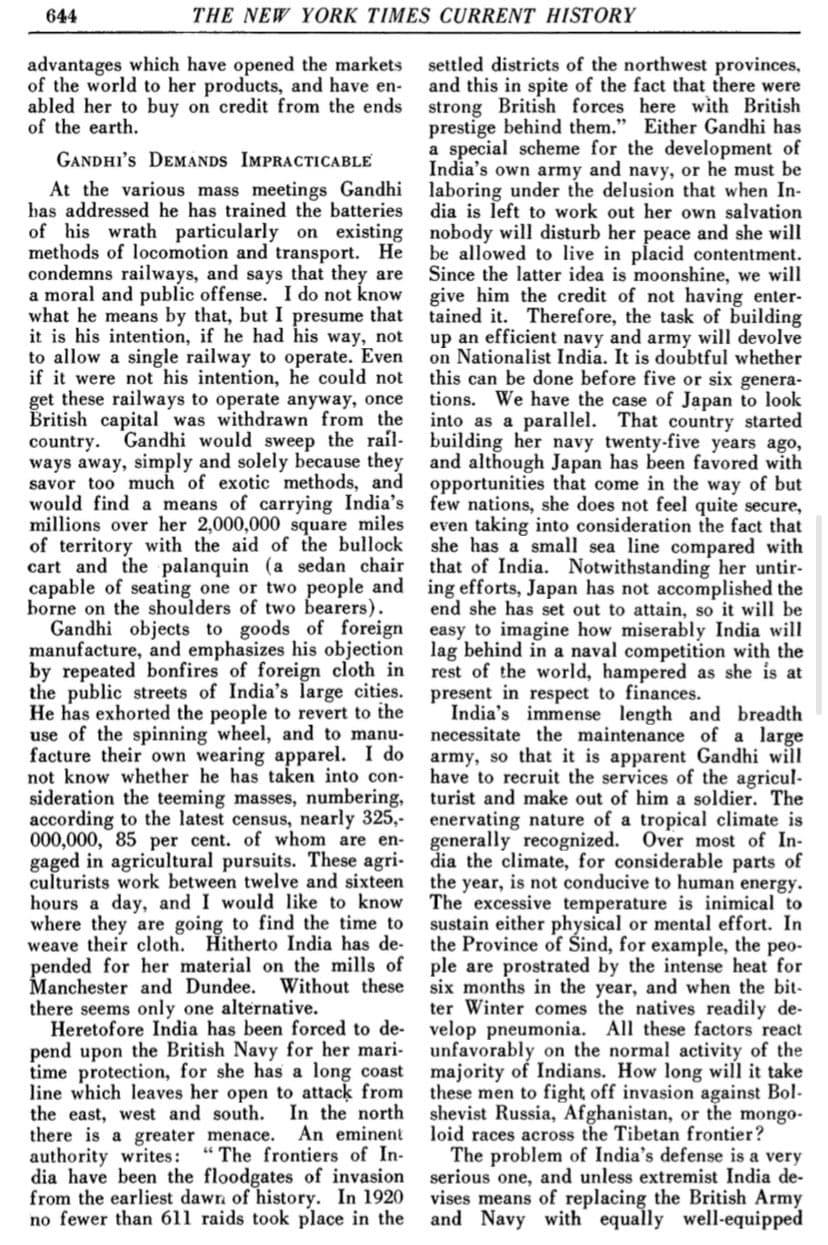
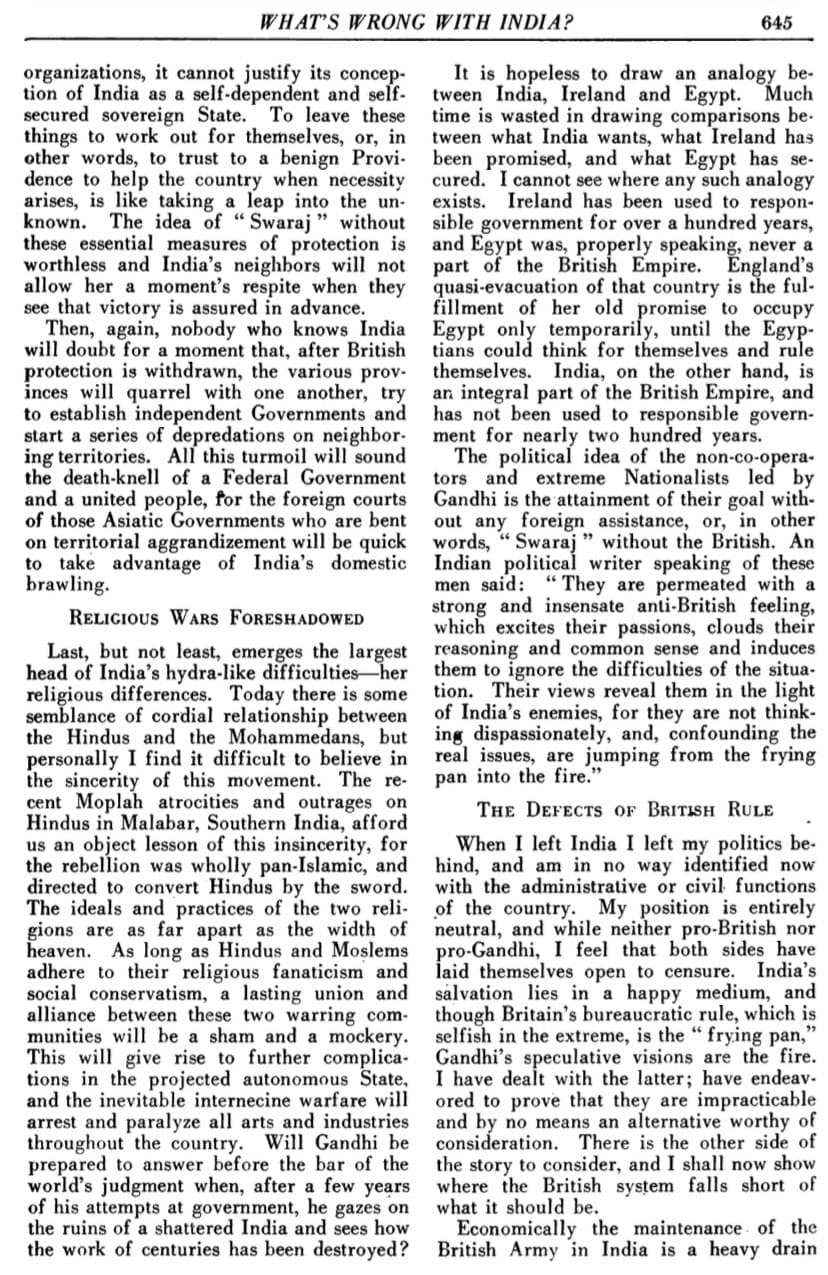
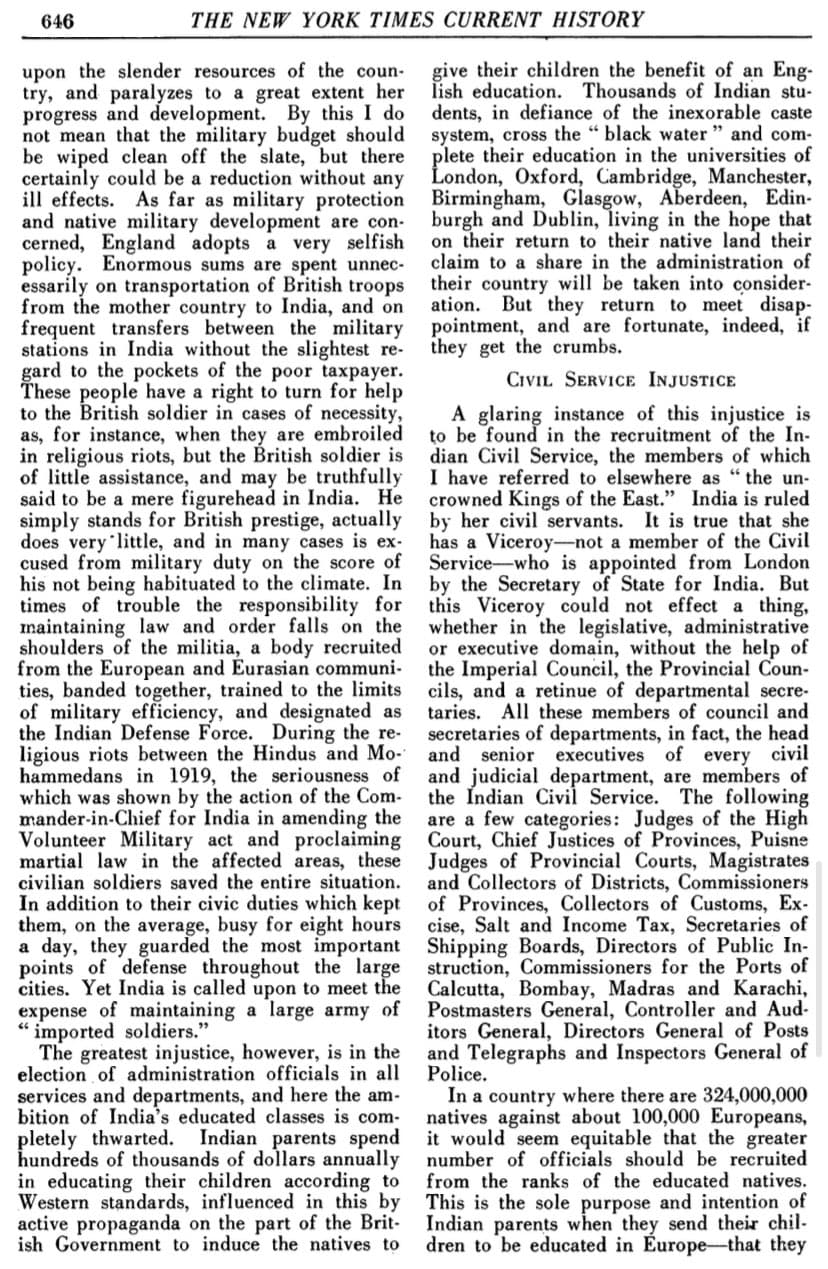
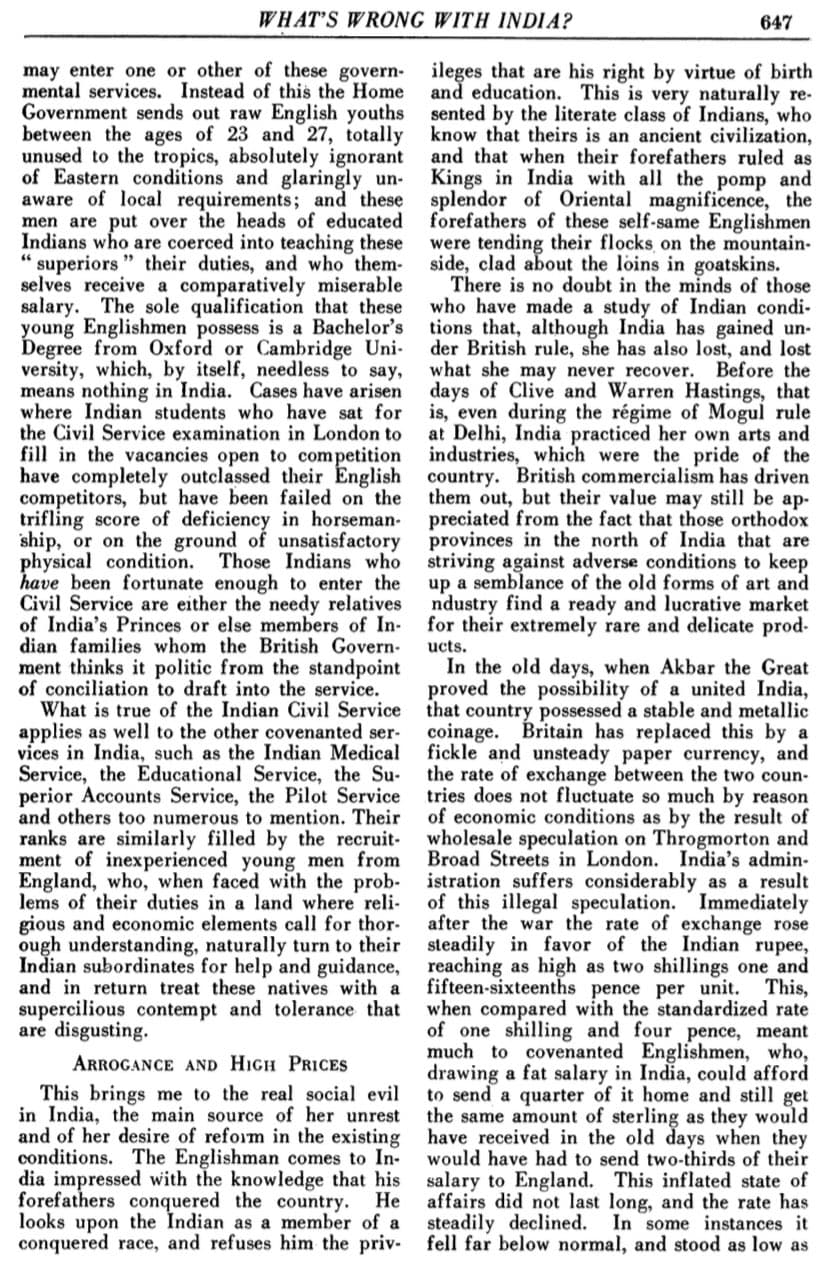
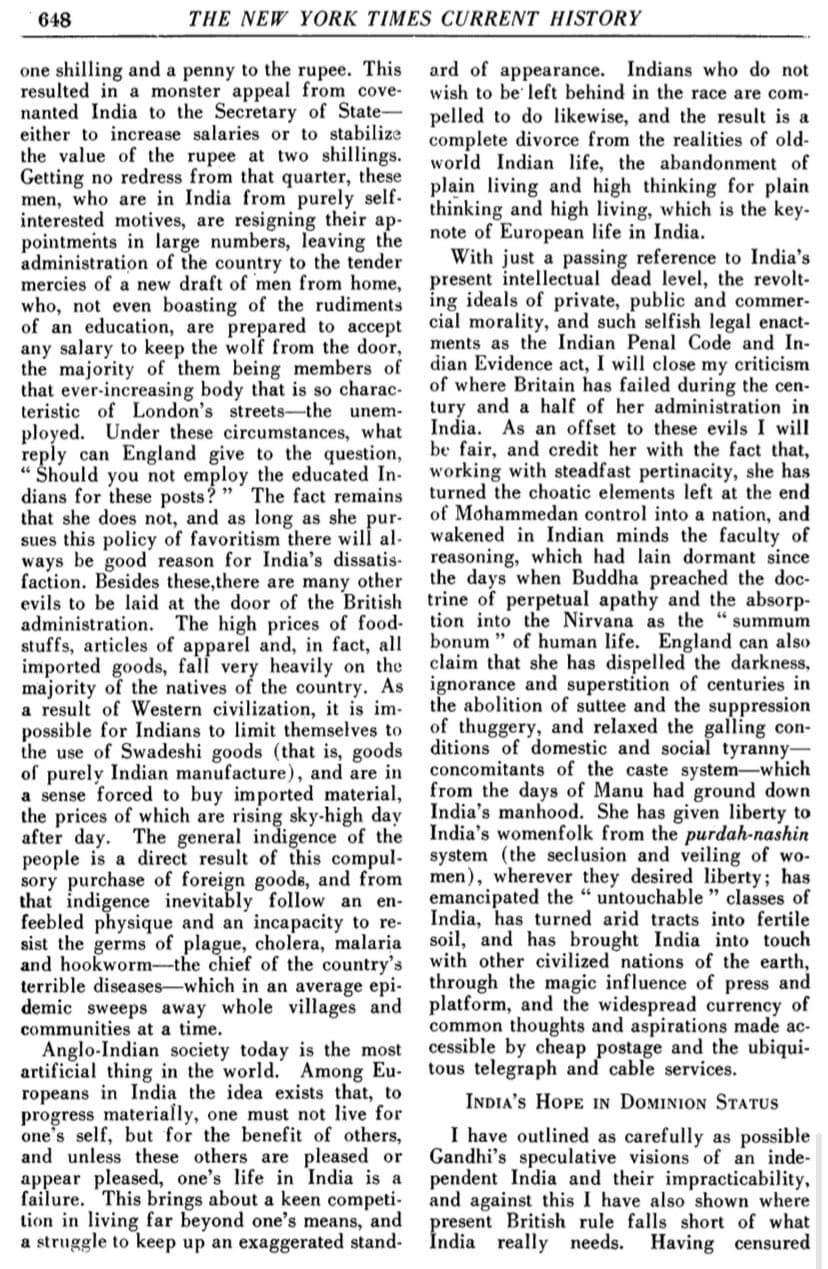
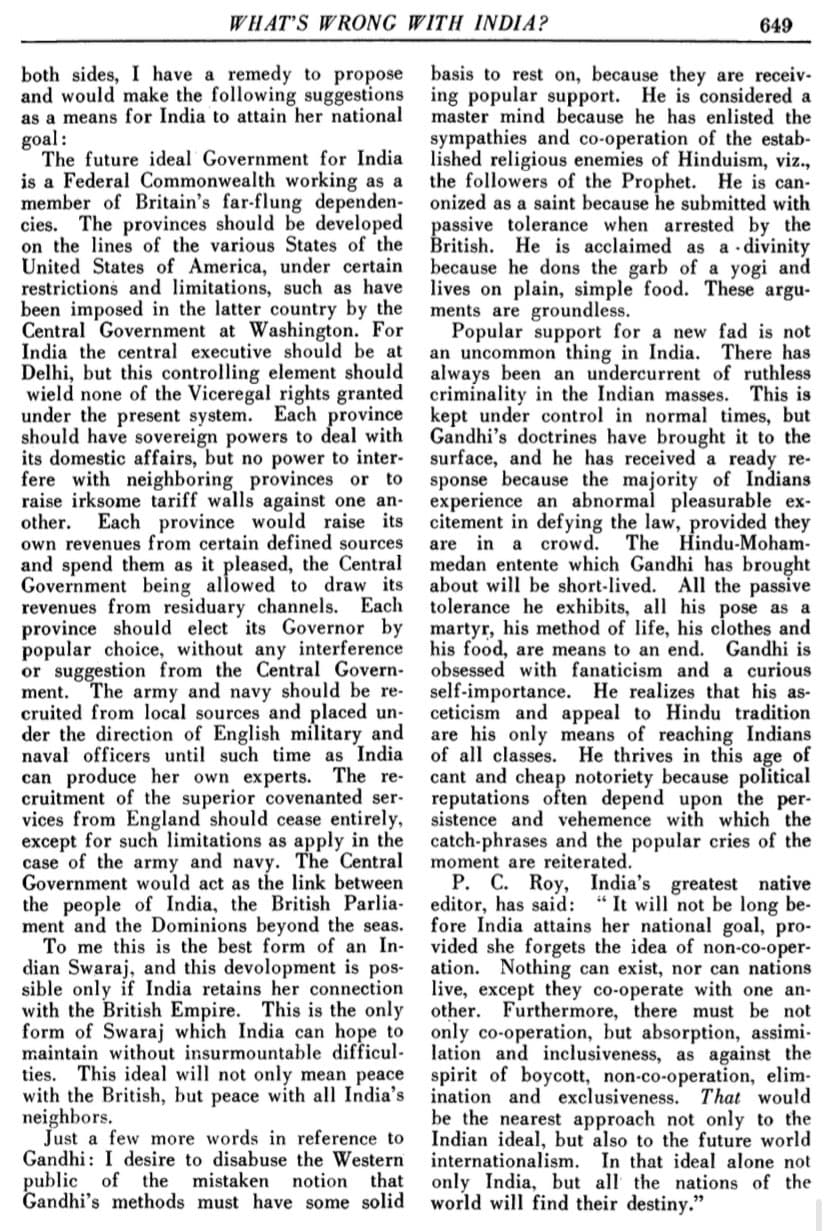
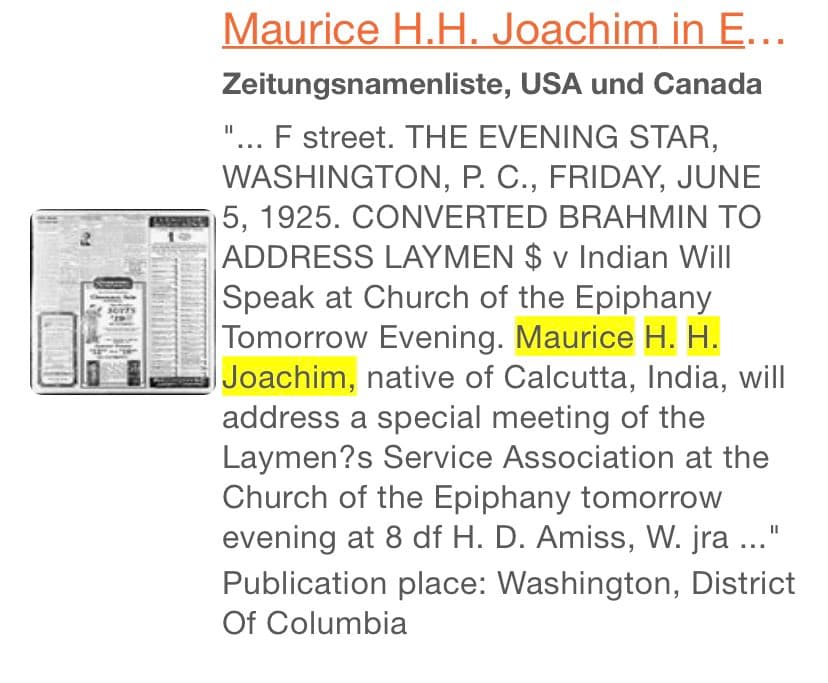
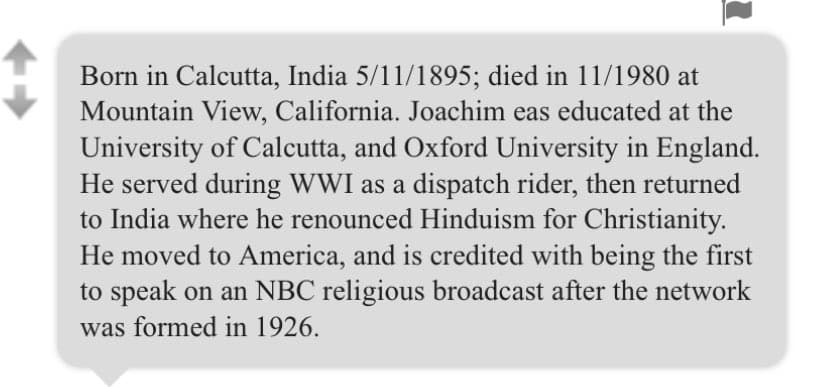
Source: